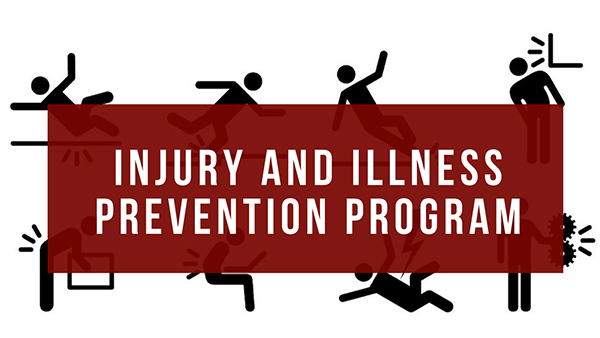OSHA Penalties Up: Fall Violations Rank High

By Marco Industries.
So far through 2019, OSHA penalties are up.
The government agency has been busier than usual inspecting jobsites and handing out fines to construction companies that subject their workers to hazards. With an additional 76 OSHA inspectors currently in training, that activity will be soon be increasing even more.
According to OSHA, “fall protection, construction” (29 CFR 1926.501) was the number one violation in 2018. In 2019, the trend seems to be continuing.
Of the top eight penalties levied in the first quarter of 2019, five companies were cited for fall violations. One roofing company, which earned $265,196 in proposed fines, has had jobsites inspected 17 times in the last five years and has been cited for fall violations 11 times.
OSHA says it has issued several violations around fall protection so far in 2019, including failure to: protect workers from falling through holes higher than 6 feet off the ground with fall protection; provide a rescue plan in the event of a fall; retrain employees on fall protection; provide for frequent and regular inspections; and protect employees working on low-slope roofs.
OSHA guidelines require that fall protection be provided at elevations of six feet in the construction industry. In addition, OSHA requires that fall protection be provided when working over dangerous equipment and machinery, regardless of the fall distance.
To prevent employees from being injured from falls, OSHA says employers must:
- Guard every floor hole into which a worker can accidentally walk (using a railing and toe-board or a floor hole cover).
- Provide a guard rail and toe-board around every elevated open sided platform, floor or runway.
- Regardless of height, if a worker can fall into or onto dangerous machines or equipment (such as a vat of acid or a conveyor belt) employers must provide guardrails and toe-boards to prevent workers from falling and getting injured.
- Other means of fall protection that may be required on certain jobs include safety harness and line, safety nets, stair railings and hand rails.
Of course, in the roofing industry, the risk of falling is much higher. To help roofers understand what they can to do to minimize their falling risk, OSHA has prepared “Protecting Roofing Workers,” a free publication you can download here.
Keeping current in your fall protection practices won’t just keep you off OSHA’s most-wanted list and save you money in fines, it could avoid potentially fatal incidents for you or your crew. The extra effort in understanding and implementing fall safety practices is a small price to pay for the well-being of you and your employees.
Original article source: Marco Industries


-2025-xtv-mls-tour-2.png)




















Comments
Leave a Reply
Have an account? Login to leave a comment!
Sign In